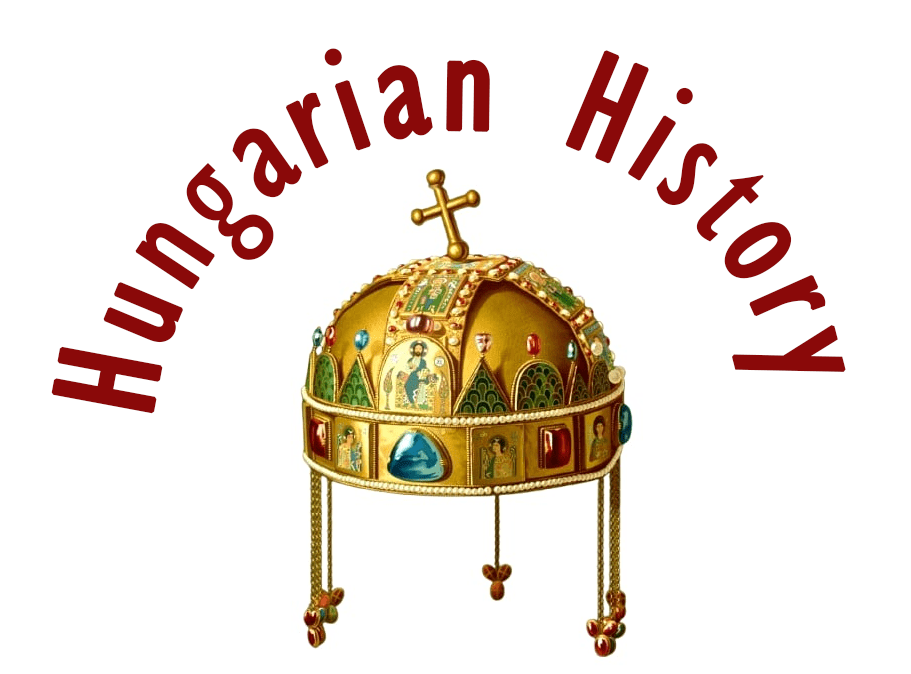Fight to restore the unity of the Hungarian kingdom – today, at the Battle of Rozgony, King Károly Róbert defeated the army of the Aba clan.

In the last third of the 13th century, the fate of the Kingdom of Hungary was in the hands of a dozen or so lords who exercised their private power over parts of the country as lords of life and death. In 1301, András III, the ‘last golden branch’ of the House of Árpád, fell into eternal sleep. Following his unexpected death, the descendant of the Anjou family of Naples, Caroberto, claimed the throne alongside Wenceslas of Bohemia and Otto of Wittelsbach, and became known in Hungarian history as King Károly Róbert.
As the great-grandson of King István V, this proved to be an achievable goal, and he was able to gain influential allies such as Csák Ugrin, the Babonics family, Aba Amadé, and Primate Bicskei Gergely, and from abroad he enjoyed the support of the Habsburg family, Pope Boniface VIII, and King Charles II of Naples.

As is known, from the mid-13th century the power of the Árpáds began to decline, and at the same time a considerable part of the country’s territory fell into the hands of a few oligarch families, whose interests conflicted with the consolidation policy of King Anjou Károly Róbert. The majority of the lords of the provinces initially sided with Wenceslas, and the Duke of Anjou could only count on the support of a few southern lords and the bishopric as a whole.
However, after Wenceslas was taken home to Prague by his father, the new pretender to the throne, the Bavarian Prince Otto Wittelsbach, was unable to build up a significant base in Hungary, as most, but by no means all, of the provincial lords were by then on the side of King Károly Róbert (1308-42). Importantly, however, these factional choices were always decided based on momentary accommodation of interests, and in return for support, King Károly gave the lords positions and left their private territorial power intact.

In the north-east, from the Polish border to the Tisza, Amadé of the Aba clan commanded, who, after the extinction of the House of Árpád, first sided with Wenceslas, the Bohemian pretender to the throne, but soon committed himself to the side of King Károly Anjou. In 1304, Wenceslas’s followers besieged Amadé’s castle of Gönc, which was at that time the permanent residence of King Károly, but failed to capture it, and the tried and tested commander counter-attacked and captured the Szepesség (Spiš) region for Károly, driving the forces of the Wenceslas party out of the area.
Left alone on the stage, and crowned king for the third time in 1310, but now following tradition, King Károly was able to embark on the daunting task of realising his royal power, which was only nominally recognised by the lords who supported him, throughout the country. It was the death of Amadé, a staunch supporter of King Károly, that set the stage for the opening of these decades of wars.
In the early autumn of 1311, after the news spread that the great lord wanted to ask the king for a donation of Kassa in return for his services, the German citizens who ruled the city ambushed the retinue of the Abas, killed Amadeus, and took his two sons prisoner. Although Amadé had always been a steady support amid a chaotic situation, King Károly and his advisers knew that his greedy and belligerent sons could always back out if their interests demanded it.

Amadé’s rule was firm, but at the end of his life he had to face the power-hunger of his sons, who frequently preyed on the region, and in the Transdanubian region they repeatedly came into armed conflict with the equally powerful Borsa family, bringing the eastern part of the country to the brink of internal war.
Therefore, to exploit the opportunity, King Károly and his advisors made a deal with the widow of Amadé and her freed sons, who were to hand over key castles and control of entire counties to Károly’s men, and 47 hostages from their family as a pledge of their eternal loyalty. But the sons of Amadé, not content to curtail their power, began to ransack and pillage the countryside, and armed struggle became inevitable.
King KároCy and his followers gathered in Nagyvárad (Oradea) in March 1312. They marched north, captured the castle of Munkács (Mukachevo), and then marched up the Bodrog River to Sáros on 10 April. The fortress was passed to the control of King Károly by Rikalf’s son Henry, and the king’s armies then took Lubló, and the victories seemed to make the soAs of Amadé willing to abide by the treaty of Kassa. Meanwhile, however, Miklós’ son Demeter, the former castellan of the fallen Sáros, ran to the feared lord of the western Highlands, Csák Máté, for help.

Csák Máté sent 1700 lancers to the aid of the sons of Amadé, who joined the army of Máté with their remaining family members shortly after he had entered the north-east. The forces of Máté and the Amadéfsons laid siege to Kassa.
King Károly and his followers set out from the Szepesség (Zipt, Spiš) region to relieve the city, and on 15 June, they clashed with the enemy near the village of Rozgony, in the valley of the Tarca stream, where the less powerful monarch soon found himself in a tight situation. In the words of a 14th century Hungarian chronicle, “such a cruel battle began as had not been fought in Hungary since the time of the Mongol Tartars […] and although more men were lost on the king’s side, yet the king won the victory gloriously; we believe and confess that it was all done by God.”

The battle seemed to be almost decided, as Károly Róbert’s standard-bearer, Györke of the Csák family, also fell, and Károly continued to fight under the banner of the Johannites when the forces of the Germans of Kassa and the Saxons of Szepesség (Zipt, Spiš) flanked the Aba forces. In the bloody battle, the latter were eventually defeated, and their leaders, including Balassa Demeter, Aba the Great, Aba Miklós, and Aba Dávid, were killed on the battlefield. It was a rare phenomenon that infantry triumphed over cavalry. Both sides suffered heavy losses.

Although contemporaries were already aware of the battle’s significance, to quote the greatest scholar of the Angevin era, Engel Pál: “The victory at Rozgony was, in the end, no more than a promising beginning.” Although the victory did not finally destroy the Amadé forces, it did not at all upset the rule of Csák Máté in the western Highlands, and the position of the other provincial lords was not even indirectly affected.

However, the middle and lower nobility, who had often been forced into the service of an oligarch out of fear and coercion, were now reassured after the fall of Aba power that there was a choice and that they could help to overthrow the dreaded overlords by siding with the king. With the victory at Rozgony, King Károly gained prestige in the divided Kingdom of Hungary, and the victory opened the way for him to carry out his work of reunification. Although the Battle of Rozgony is widely regarded as a victory for King Károly over the oligarchs who ruled the provinces, the Angevin monarch’s wars of unification lasted until 1323.

Source: HM Hadtörténeti Intézet és Múzeum
Dear Readers, I can only make this content available through small donations or by selling my books or T-shirts.
Please, support me with a coffee here: https://www.buymeacoffee.com/duhoxoxa
You can check out my books on Amazon or Draft2Digital. They are available in hardcover, paperback, or ebook:
https://www.amazon.com/dp/198020490X or at https://books2read.com/b/boYd81

My work can also be followed and supported on Patreon: Become a Patron!http://Become a Patron!
Become a Patron! Donations can be sent by PayPal, too: https://tinyurl.com/yknsvbk7


https://hungarianottomanwars.myspreadshop.com/all
Subscribe to my newsletter here: https://tinyurl.com/4jdjbfkn

